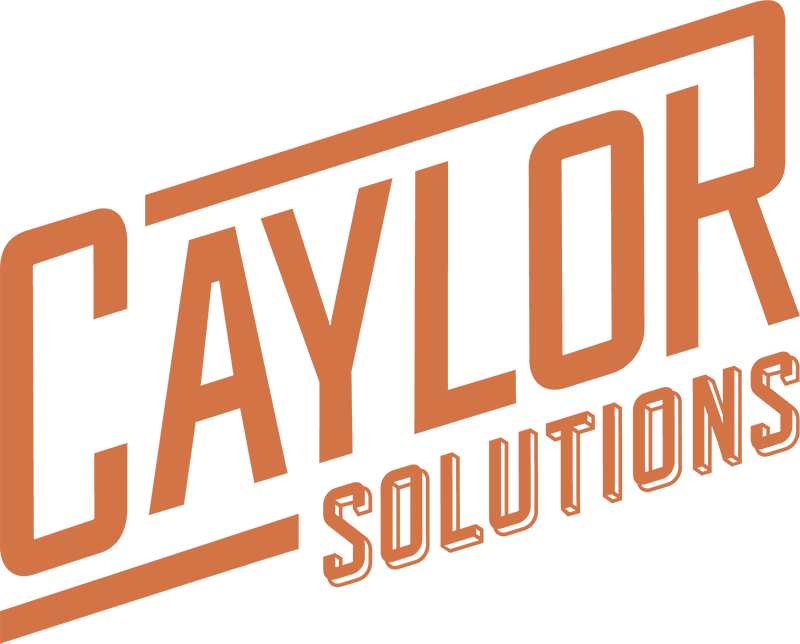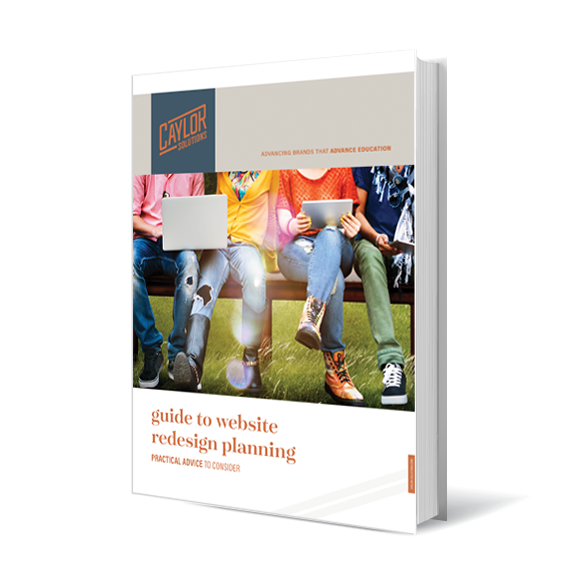Teaching critical thinking is the first step to media literacy in the digital age.
According to media psychologist Dr. Cynthia Vinney, “Media literacy is the ability to apply critical thinking skills to the messages, signs, and symbols transmitted through mass media.”
With varying perspectives, social channels, media outlets, and technological advancements knocking at our door every day, we have to remember the bigger picture.
Not everything we find on the Internet is the truth, or at least, not the whole truth.
Being able to have challenging conversations with people with opposing views and critically analyze information allows us to grow as marketers.
And if we think beyond what we do as higher ed marketers, we should consider how we are preparing the next generation of professionals to navigate the labyrinth of information and misinformation in a media landscape that keeps getting more complex every day.
To help us understand what’s at stake and higher education’s role in this new era of information, we are joined by Chris Davey and Bart Verhulst on The Higher Ed Marketer podcast.
In this episode, Chris and Bart share findings from their extensive research into the importance of critical thinking and media literacy.
The Importance of Media Literacy in Higher Education
Media literacy is becoming increasingly essential in today’s digital age.

It starts by understanding that sources of media and information are driven by the demand of information consumers, in this case, students.
Demand is clearly what drives so much of the media ecosystem. It is the essential currency of the media ecosystem. [By educating students in media literacy], we can do a lot of work on how demand operates.
Demand is people. Demand is individual people [and] what they choose to connect with. Are you going to spend your evening mindlessly scrolling through reels or TikTok, looking at goodness knows what? Or are you going to read the New York Times?
[Media literacy] is systematically educating the next generation on how to make good choices when they are the demand in the marketplace for ideas and information.
Each of us are a part of the equation in what kind of media is created and consumed.
Every time we decide to consume a certain type of media, we are creating demand for more of that kind of media.
When students are taught this, they immediately understand that they are in fact in the driver’s seat.
If we are concerned about the kinds of things out there that students are consuming, then we’ve got to teach them how to create demand for more wholesome kinds of information.
We systematically teach [students] about finances or other aspects of life. We used to teach kids about how to be a good citizen in our democratic republic.
But to me, it’s very clear that media literacy is just as critical [as these other subjects].
This underscores the importance of equipping students with the skills to critically evaluate the vast amount of information they encounter daily.
In today’s media-saturated world, critical thinking about media should be a fundamental part of education to help students navigate the complex information landscape.
The Challenges of Information Warfare
Our conversation also addressed the growing issue of information warfare and the polarization it causes.

Bart Verhulst, head of investor relations services at Presspage, discussed the role of algorithms in shaping our media consumption and how they can be programmed to offer a more balanced view.
If you’re talking about technology, the algorithms will feed you everything that’s down your alley because you’ve watched a “yellow” piece of content and then you watched an “orange” piece of content. So the next thing they’ll do is they’ll feed you a “red” piece of content because it’s in the middle. That’s just using colors as analogy here.
But these algorithms can also be programmed differently. They could also be programmed to [offer a variety of colors.] [For example,] if you read “green,” “green”—Hey!—Here’s something “brown.” Here is something “black.” Here’s something “red.” You know, just mix up the colors a little bit.
Algorithms could be programmed to mix content and provide a more balanced perspective but this requires a shift in how tech companies approach their algorithms, prioritizing societal benefit over profit.
The Role of Universities in Shaping Future Media Consumption
Both Chris and Bart agreed that universities have a unique role in shaping future media consumption habits.
Davey highlights the success of programs like the one at Ohio State University, where principles of journalism are applied to the university’s communications framework.
We make the case that universities need to think of their own communications operations as journalistic enterprises, to think of themselves as the publishers of news.
When I first met Bart, his company helped us create the program called Ohio State News. We consolidated all of the news that’s produced all across that $8 billion enterprise at Ohio State, from the medical center to the football program, to research news, which is what we found in measuring demand for the news that’s coming out of Ohio State.
[Today, we] can measure [demand] now. It’s not like in the old days with the newspaper.
And you know what? [The majority demand for news] wasn’t football! Now, there’s a big demand for football news. But that wasn’t the number one category.
It was research news. Research news crushed it!
We had stories that would get hundreds of thousands of clicks about research emerging from Ohio State.
That’s why one of the things we advocate for is for universities to think of their communications programs as journalistic enterprises.
This approach not only educates the public but also enhances the university’s brand and supports its mission.
Even smaller institutions can make a significant impact by fostering a sense of pride and contribution among faculty and students.
Practical Steps for Implementing Media Literacy Programs
For universities looking to implement media literacy programs, Davey and Verhulst offer practical advice.
They recommend starting with a thorough examination of current marketing and communications operations through the lens of media literacy.
This includes integrating critical thinking and media literacy into the core curriculum and encouraging contributions from all members of the university community.
Davey also emphasizes the importance of supporting journalism education. “The demand for journalism education is as strong as ever,” he notes.
By nurturing the next generation of journalists, universities can help restore trust in traditional journalism and promote a culture of truth.
The Role of Higher Education
Our conversation with Chris and Bart underscores the critical role higher education institutions play in navigating the truth in the digital age.
By integrating media literacy into the curriculum, supporting journalism education, and leveraging technology responsibly, universities can lead the way in fostering a more informed and discerning society.
For more insights, listen to the full episode of The Higher Ed Marketer podcast with Chris Davey and Bart Verhulst.
Explore the strategies discussed and consider how your institution can contribute to this vital cause.
Cut through the noise of misinformation on social media!
By the way, one of the noisiest places in media when it comes to information is social media. Want to craft strategies and content that will cut through the noise?
Then consider Caylor Solutions’ social media strategy services!
Contact us today to see how we can help you develop and execute your social media strategies to enhance engagement and recruitment.
Want to Improve Your Digital Marketing Results?
Then you’ve got to know how to write for the web. That’s why we want to send you our popular ebook: Writing for the Web: 7 Secrets to Content Marketing Success for Education Marketers!
With this helpful resource, you’ll learn how to:
- Grab your reader’s attention immediately
- Pull your reader’s attention deeper into your content
- Write so that Google (and other search engines) find you easily
- Increase your website’s conversion rates
In short, you’ll be able to write the copy that makes your digital marketing strategy work for you. Download your copy today!
Featured image by PX Media via Adobe Stock











